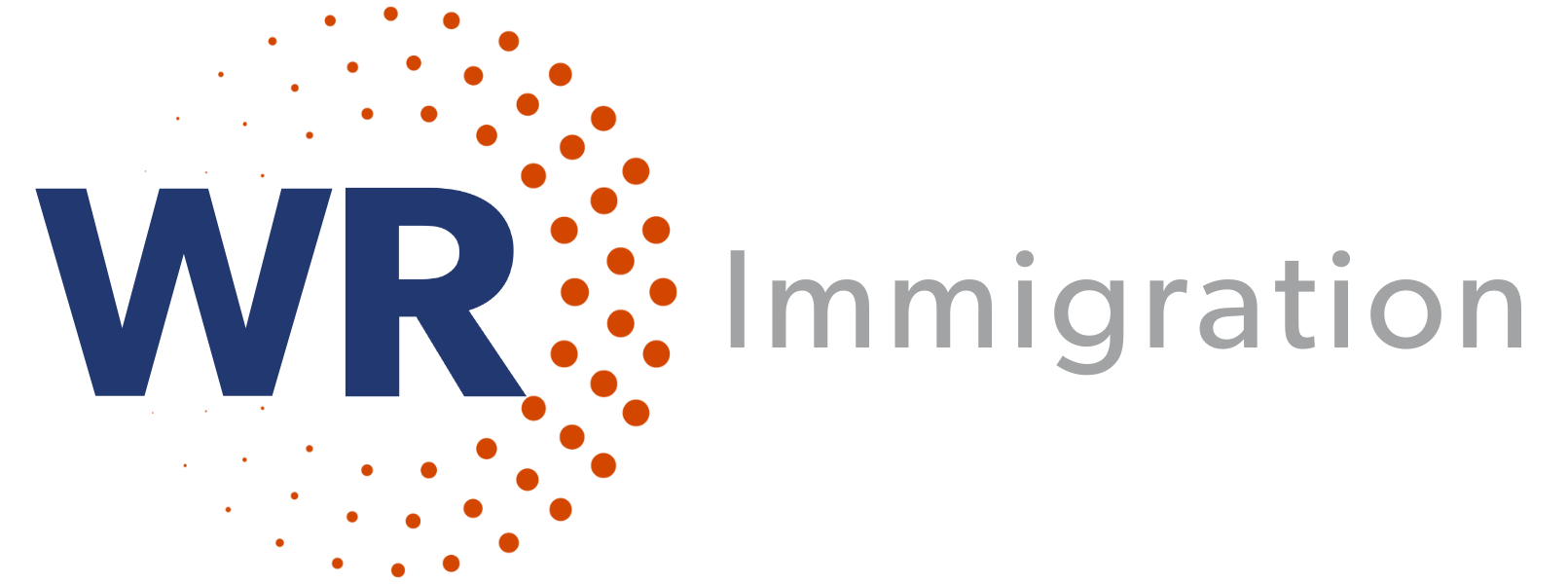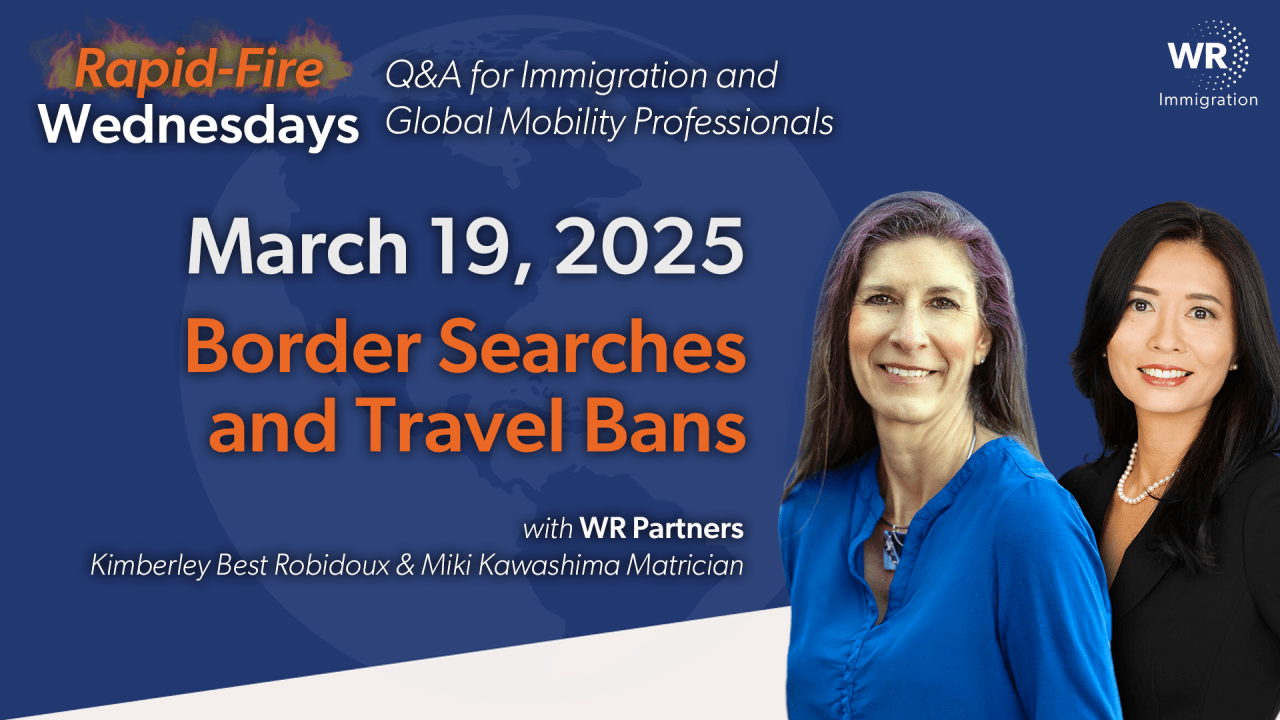The transcript version of our weekly Q&A livestream for corporate immigration professionals. Join our Immigration News Digest Newsletter for more immigration updates.
By Kimberley (Best) Robidoux & Miki Kawashima Matrician
🔥 Question: What is the latest information regarding the potential travel ban?
Response: One of the first executive orders signed on January 20th directed cabinet members to compile a list of countries facing full or partial travel restrictions due to inadequate vetting and screening processes. This list was to be completed within 60 days, and reports suggest the administration is planning to implement a travel ban affecting 43 countries. The draft list categorizes these nations into three groups: red, orange, and yellow.
The red list consists of 11 countries whose citizens would be entirely barred from entering the U.S., including Afghanistan, Bhutan, Cuba, Iran, Libya, North Korea, Somalia, Sudan, Syria, Venezuela, and Yemen. The orange list includes 10 countries whose citizens will have limited access and must attend in-person visa interviews at a U.S. consulate. These countries include Belarus, Eritrea, Haiti, Laos, Myanmar, Pakistan, Russia, Sierra Leone, South Sudan, and Turkmenistan. Lastly, the yellow list contains 22 primarily African nations given 60 days to address the administration’s concerns. Failure to comply could result in being moved to the red or orange list.
🔥 Question: What do we know about increased searches of electronic devices at the U.S. border?
Response: While searches of electronic devices at the border are not new, the administration’s focus on heightened vetting has raised concerns. U.S. Customs and Border Protection (CBP) has the authority to search phones, laptops, tablets, and other devices from anyone entering the country, including U.S. citizens and non-citizens. These searches can take place at land crossings, airports, seaports, and even CBP pre-clearance locations abroad, such as Dublin and Toronto.
These searches can be conducted without a warrant or suspicion, and there are two types: basic and advanced. A basic search involves an officer manually reviewing the contents of a device, while an advanced search requires external equipment to access, copy, or analyze its contents. Advanced searches require a reasonable suspicion of law violations or national security concerns, along with pre-approval from a senior CBP official.
🔥 Question: Can an individual refuse to comply with a CBP device search?
Response: At the border, individual rights are limited, but there are measures travelers can take to protect their data. If someone refuses to unlock or provide access to their device, CBP may seize it. Visa holders who decline to comply may be denied entry, and at pre-clearance locations, refusal may result in being denied boarding. U.S. citizens can refuse to answer questions beyond their identity and travel details, though this may cause delays. While CBP cannot force someone to disclose their passwords, refusal may result in device confiscation.
🔥 Question: What precautions should individuals take to protect their data during border searches?
Response: Global mobility and immigration professionals should collaborate with internal tech teams to establish and communicate protocols to traveling employees. Here are key recommendations:
- Travel light: Carry only necessary devices and consider using dedicated travel devices with minimal corporate or personal data.
- Securely delete files: Simply moving files to the trash is not sufficient; files should be permanently deleted.
- Use temporary phones: Consider leaving personal devices at home and using a temporary phone, transferring a SIM card, or obtaining a new number at the destination.
- Power down devices before travel: This helps protect against potential remote access attacks or data interception.
- Scan returned devices: If a laptop is confiscated and later returned, boot it from an external hard drive and scan for unauthorized software or tampering.
- Limit cloud access: CBP searches focus on data physically stored on a device. Logging out of sensitive apps, disabling automatic logins, and removing certain apps can reduce access to sensitive information.
- Use a VPN: Encrypting data traffic through a VPN can add an extra layer of security.
🔥 Question: How should individuals handle CBP requests for electronic devices at the border?
Response: Honesty is paramount—never lie to a CBP officer. Travelers should remain calm, avoid arguing, and not interfere with inspections. Since CBP has the authority to physically inspect devices, travelers should be aware of potential consequences. While individuals are not obligated to provide passwords, refusing to do so may lead to device seizure or denial of entry for non-citizens.
Send us your questions via DM or using the below link!
HR Question Submission Form | Rapid-Fire Wednesdays
See you next week!


